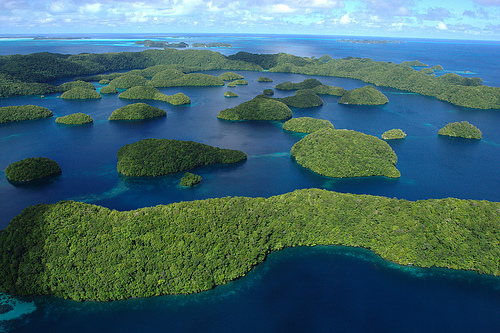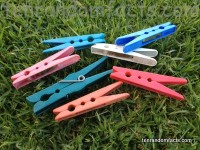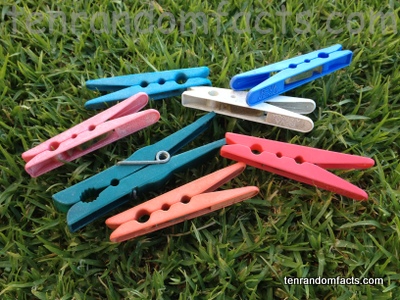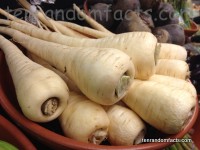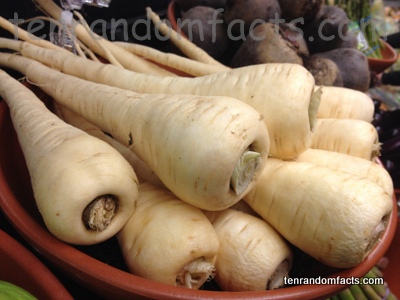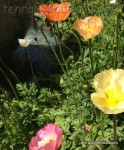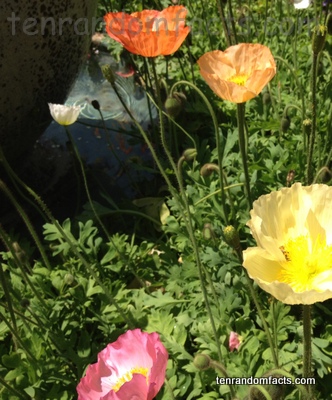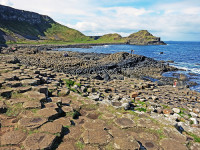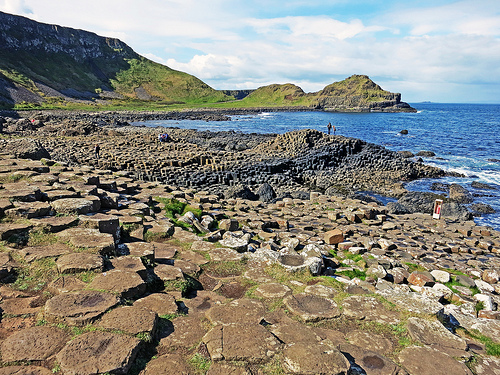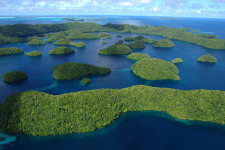
“Our Palau”
- Palau is an archipelago of 200 to 250 islands that are included in Micronesia, located in the western area of the Pacific Ocean, south east of the Philippines, that make up an area totalling 459 square kilometres (177 square miles).
- The official languages of Palau are Palauan and English, and regional languages acknowledged and spoken include Japanese, Tobian and Sonsorolese.
- ‘Palau’ is also known as the ‘Republic of Palau’, ‘Pelew’ and ‘Belau’, and the name possibly comes from the native Palauan word ‘beluu’, meaning ‘village’.
- Palau is the home to approximately 21,000 people and has 16 states, with the Koror state having the greatest population with more than 12,000.
- Palau was most likely originally settled by Filipino people, thousands of years ago, and during its history, it has been controlled by Spain, Germany, Japan and the United States, and it finally became independent in 1994.
Part of Palau
Image courtesy of Lux Tonnerre/Flickr
- Palau had a GDP of $164 million in 2008, and its main industries include fishing, agriculture and tourism, particularly snorkelling and scuba-diving.
- Food popularly eaten in Palau includes yam, rice, fish, taro, cassava, and pork.
- The currency used in Palau is the US dollar, and the country is governed by a president and state chiefs.
- In Palau, baseball is a common sport which was introduced by Japanese in the early 1900s, and soccer is also played.
- Palau has an airport, buses, taxis and boats, as well as roads totalling a length of 61 kilometres (38 miles).
Bibliography:
About Palau, 2014, National Government, http://palaugov.org/about-palau/
Palau, 2014, Wikipedia, http://en.wikipedia.org/wiki/Palau





